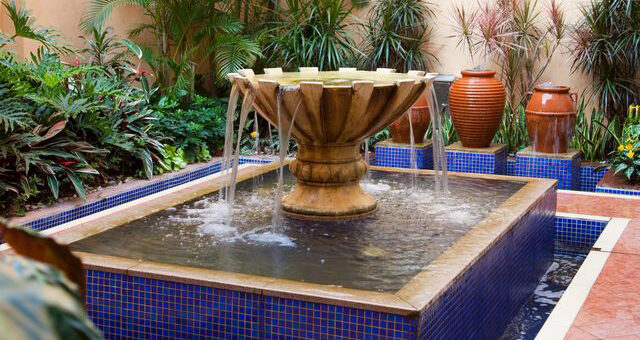Choosing a Good Pond Liner Repair Kit
Naturally, you want to make sure your man-made pond is well-maintained so it continues to bring you joy for many years to come. Most of the time, you will find that ponds are easy to maintain, and they do not need to have repairs very often. However, over time, and if there is a problem with the pond, the need for repairs will arise. You will want to have a pond liner repair kit on hand in case this occurs or if you have already found a problem with your liner and need to fix...











